Building Water Secure Gram Panchayats in Odisha
- Proposed areas of implementation
- Potential areas of implementation
Project Partner
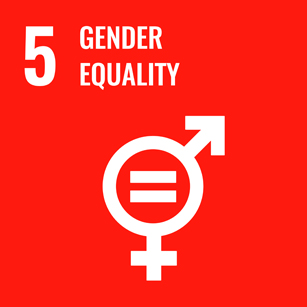
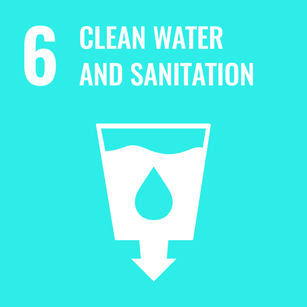
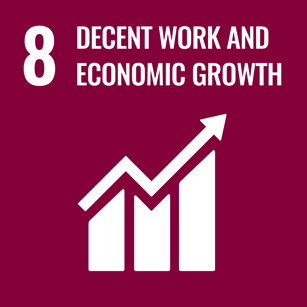

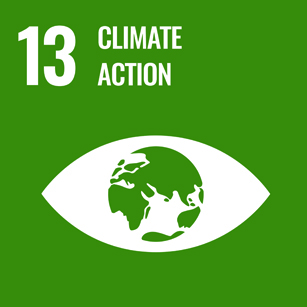
Climate change is a geophysical reality that is affecting all aspects of life. One of the most critical areas affected by it is water security. Anthropogenic pressure and climate change are altering the availability and distribution of water, increasing water demand, and concurrently depleting the groundwater resources. The Indian population is particularly vulnerable to water scarcity and drought conditions, linked to a large segment relying heavily on irrigation for food production. Odisha, a tropical coastal state, characterised by high temperature and humidity, medium to high rainfall, and short and mild winters faces a similar situation. It is highly vulnerable to climate change, facing frequent and severe weather events such as cyclones, floods, droughts, and heat waves that have significantly impacted its socio-economic stability.
Odisha’s North-Eastern Ghats and Western Undulating Lands are experiencing substantial climate change risks, including rising temperatures, increasing cyclonic intensity, coastal erosion, and floods. Such risks are impaired with the region’s high rainfall variability and prolonged dry spell. Moreover, the region’s demography of major tribal population (47%) and scheduled caste (15%) makes them more vulnerable to climate change hazards. These challenges endanger lives, result in inequitable access to water, and disrupt agriculture. Water scarcity, coupled with changing land-use patterns and inadequate management practices, poses severe implications for drinking water, sanitation, irrigation, and overall socio-economic development.
To address these challenges, the “Water Secure Gram Panchayat” project adopts a comprehensive approach focusing on four key components.
Component 1: Equity and Resilience
Enhances the social capital of the habitation, village, and overall panchayat to foster a strong community for implementing various interventions
Component 2: Enabling Sustainability of Water
Improves access to water for livelihood and domestic use
Component 3: Enabling Safety of Water
Builds community systems for integrated water, sanitation, and hygiene
Component 4: Enabling Prosperity from Water
Supports the formation of producer collectives and fosters micro-enterprises to ensure sustainable economic growth
The project’s approach is anchored in inclusion, shared responsibility, equitable participation, and financial sustainability. It aims to strengthen local governance; the project empowers local communities and governance structures to manage water resources sustainably. The focus on water source management, particularly through spring sheds, integrates traditional and scientific knowledge to ensure long-term water sustainability. Additionally, the project leverages digital tools such as “Water Passbooks” and “micro–Automatic Weather Stations”. These tools help communities to manage their water resources through information around weather, different water sources and crop advisories. This approach to achieve holistic water security for Odisha’s communities can help build their resilience in the face of climate change.
Context
Odisha, a coastal state in India, is highly vulnerable to climate hazards, facing frequent and severe weather events such as cyclones, floods, droughts, and heat waves that have significantly impacted its socio-economic stability. The state’s tropical climate, characterised by high temperatures and humidity, coupled with its geographical position at the head of the Bay of Bengal, makes it prone to these extreme events, which have led to substantial loss of life, economic damage, and displacement. Over the past few decades, Odisha has seen increasing variability in rainfall, rising temperatures, and more frequent disasters, resulting in declining crop yields, loss of biodiversity, and heightened risks to human health. Odisha is also experiencing shifts in rainfall patterns, leading to a reduction in the number of rainy days from 120 to 90, and a decrease in annual rainfall from 1502 mm to 1482 mm, adversely affecting surface water flow and groundwater recharge. These changes have intensified water pollution and sediment flow, and have also led to increased salinity in freshwater aquifers, threatening both water quality and availability.
Of the 10 agro-climatic zones of Odisha, the areas under North-Eastern Ghats and Western Undulating Lands are more susceptible to the effects of climate change, particularly in its water management domain. The region is characterised by a mixture of moist peninsular, tropical-moist, dry-deciduous, and tropical-deciduous forests and rain-fed agricultural economy. Prolonged dry spells, exacerbated by changing land-use patterns and inadequate water management practices, have led to a widening gap between water demand and availability. This water scarcity, compounded by institutional deficiencies and socio-economic disparities, has severe implications for drinking water access, sanitation, irrigation, and overall socio-economic development.
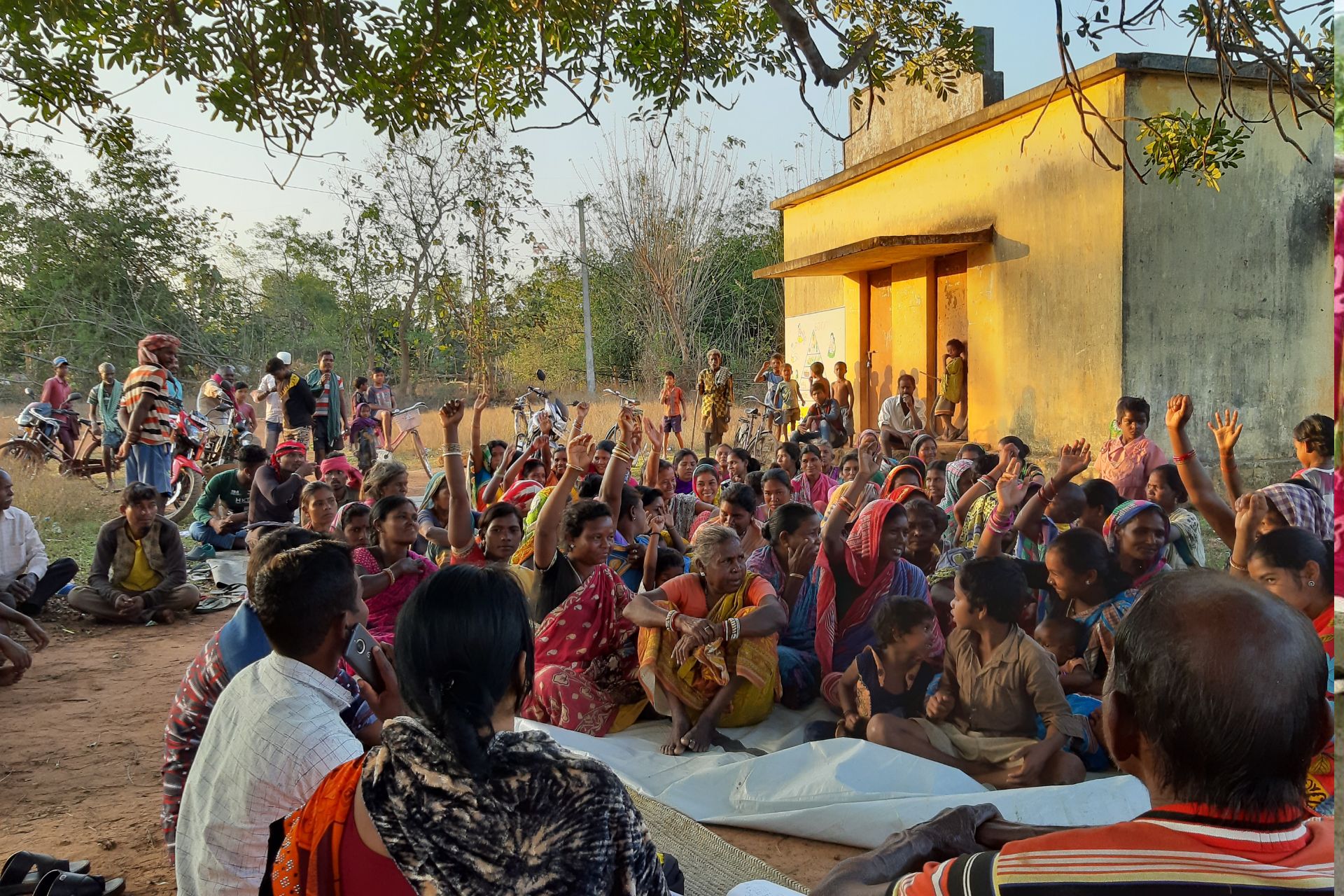

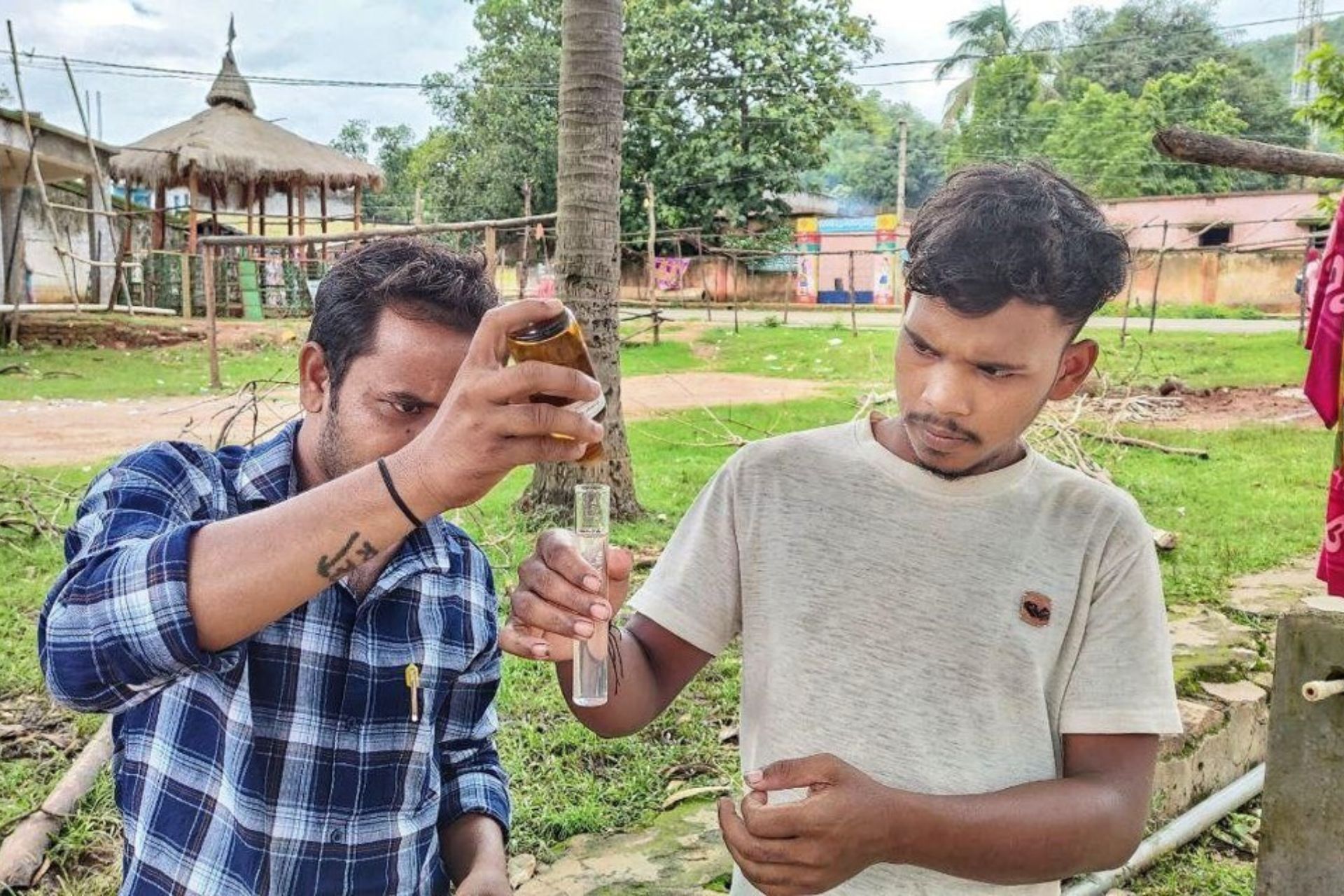
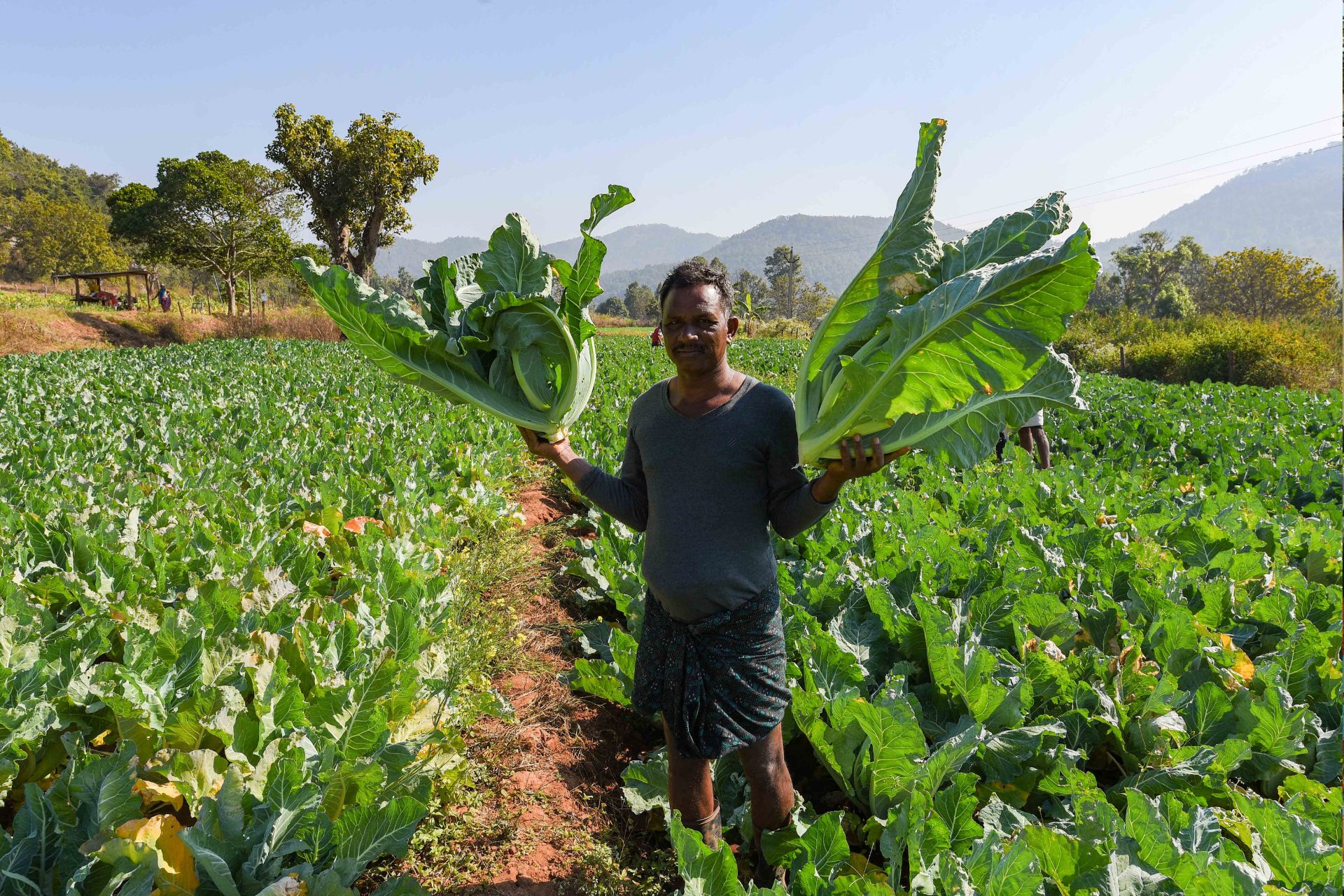
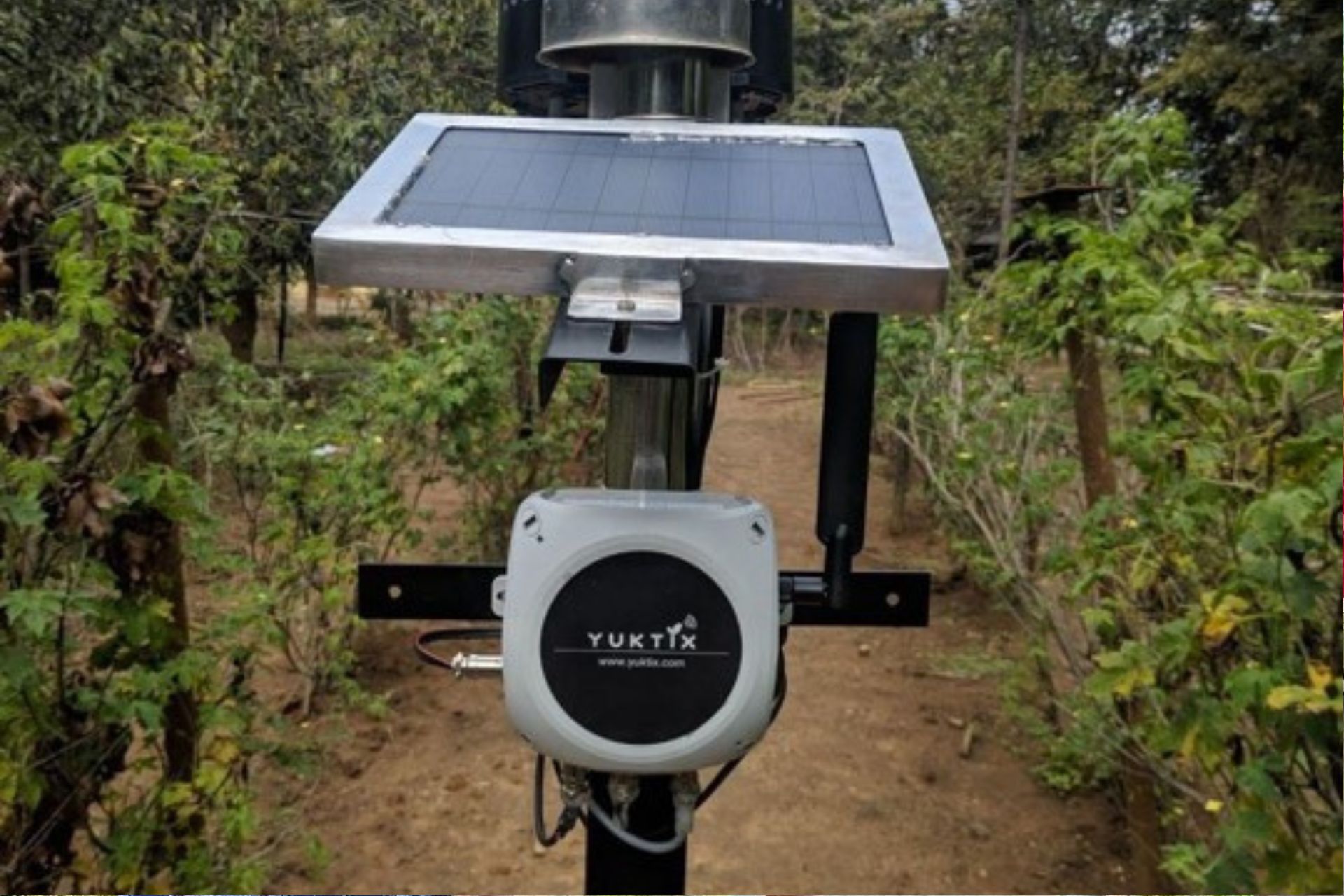
Problem statement
Specific Challenges
There is an urgent need for a holistic watershed approach because of the following challenges
1. Water Scarcity and Management:
Analysis of water demand and availability
-
- In priority districts like Ganjam and Kalahandi, the net water gap stands at -1.770 and -4.880 billion cubic meters (BCM) respectively, indicating a severe deficit between water demand and availability (Gram Vikas Assessment).
- Changing land-use patterns between 2011-12 and 2015-16
- Barren lands increased by 24.43 sq. km in Gajapati and 5.62 sq. km in Kandhamal.
- Deciduous forest cover decreased by 66.35 sq. Km in Kandhamal and 53.81 sq. km in Kalahandi.
- These changes hinder water percolation and recharge, aggravating water scarcity issues.
2. Drinking Water and Sanitation:
The Jal Jeevan Mission data and Gram Vikas survey underscore the following deficiencies:
-
- At the outset of the Jal Jeevan Mission in August 2019, only 3.51% of rural households in Odisha had access to piped drinking water supply, indicating a major infrastructure gap.
- The Gram Vikas survey shows essential statistics regarding WaSH infrastructure and usage:
- 26% of households lack toilets or bathing rooms, with 32% reporting non-functional facilities.
- Only 23% of households have access to water 365 days a year and throughout the day, highlighting seasonal and intermittent water availability issues.
3. Institutional Gaps:
Institutional deficiencies further compound water management challenges:
-
- Fragmented governance with water-related responsibilities dispersed across multiple departments, lead to coordination challenges.
- Panchayati Raj Institutions (PRIs) are inadequately empowered and not involved in local governance, increasing the institutional gaps.
- Capacity deficits within institutions and community members, with limited technological understanding, financial coordination, and equitable governance structures:
- Local institutions lack capabilities to address water equity issues, particularly along social and gender parameters.
- Fiscal investments in the water sector lack coordination and alignment with ground-level needs.
4. Socio-economic Disparities:
The demographic composition brings out socio-economic vulnerabilities:
-
- Adivasis constitute approximately 47% of the population in the region, while Scheduled Castes comprise 15%, underlining the importance of addressing equity issues.
- Socio-economic disparities intersect with water challenges, amplifying vulnerability to climate-induced adversities and hindering inclusive development.
5. Climate-induced Adversities:
-
- Extreme Weather Events: Odisha is increasingly experiencing severe cyclones, floods, droughts, and heat waves, resulting in significant human and economic losses. These events disrupt water availability, damage agriculture, and cause widespread displacement and health issues.
- Coastal and Water Challenges: Rising sea levels and increased water pollution are leading to coastal erosion, submergence of low-lying areas, and freshwater salinity, causing water scarcity, biodiversity loss, and degraded agricultural land, impacting livelihoods and the economy.
Considering these challenges, urgent and integrated interventions are imperative to address water scarcity and safety, enhance resilience to climate-induced adversities, and promote inclusive and sustainable development in Odisha’s North-Eastern Ghats and Western Undulating Lands.
Goals and objectives
This project aims to build water secure Gram Panchayats through four components. The objectives are divided as per the components.
| S.N. | Component | Description | Objectives |
|---|---|---|---|
| 1 | Equity and Resilience | Aims to enhance community capabilities in water security management through increased participation in local governance; develop a strong base of community social capital so that other components can be implemented effectively. | 1.1 Build effective community capabilities for management of water security and convergence with local governments. 1.2 Enhance participation of vulnerable households, women, youth, and children in development processes |
| 2 | Sustainability | Aims to ensure long-term access to water for livelihoods and domestic use; focus on enhancing water sustainability through watershed management initiatives aimed at improving groundwater levels. | 2.1 Improve access to water for livelihood and domestic use |
| 3 | Safety | Aims to focus on establishing robust community systems for integrated water, sanitation, and hygiene (WASH); enhance household access to safe water and sanitation facilities, ensuring year-round reliability. | 3.1 Build community systems for integrated water, sanitation and hygiene |
| 4 | Prosperity | Aims to establish a robust framework for sustainable income generation through diversified farm, non-farm, and allied sector activities. | 4.1 Build a foundation for sustained income from farm, non-farm, and allied sector activities |
About the organisation
Gram Vikas is a not-for-profit organization working in Odisha and Jharkhand since 1979. Working with the rural communities facilitating towards leading a dignified life by building capacities, strengthening community institutions, and mobilizing resources. We focus on issues around water, livelihoods, sanitation & hygiene, habitat & technologies, youth & education, and mitigating effects of natural disasters.
The vision of Gram Vikas is ‘to build an equitable and sustainable society where people live in peace with dignity’.
The mission is ‘to promote processes which are sustainable, socially inclusive and gender equitable to enable critical masses of poor and marginalized rural people or communities to achieve a dignified quality of life’.
Since the four decades, Gram Vikas supported 1.1 lakh households in 1670 habitations in 567 Gram Panchayats of 151 Blocks in 27 districts in Odisha and Jharkhand.
- Functional tap connections for 98,643 households in 1,344 villages
- 1,05,552 households in 1472 villages have own toilets and bathing rooms with running water
- More than ₹10.80 crore raised and managed by communities as village corpus fund
- Land productivity improved in 10,933 hectares
- 10,822 hectares of wasteland regenerated into fruit, fuel and fodder plantations
- 6,660 persons (632 women), trained as masons
- Renewable energy options provided for 58,000 families
- 16,568 families in 175 villages have built disaster-proof houses
- 1371 first-generation matriculates, including 573 girls from ST communities






